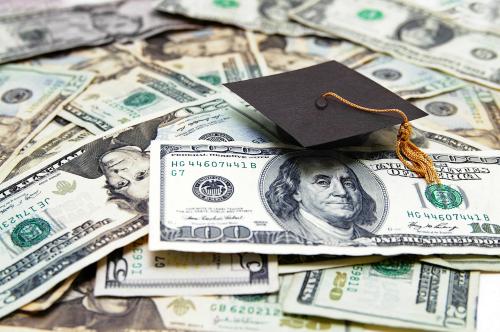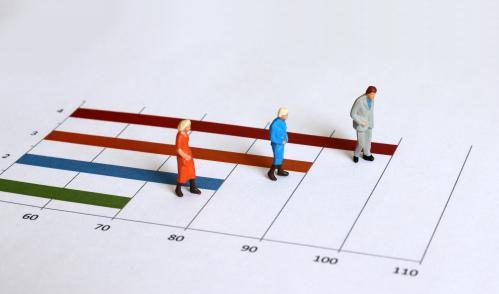For the typical student, higher education is a good investment. Yet too many fail to see increased earnings or economic opportunities and struggle to repay their student loans. Few federal guardrails ensure that federal student loans avoid supporting enrollment in institutions where poor outcomes can be expected. Although 1.23 million borrowers defaulted on federal student loans in 2019, only 15 institutions faced accountability measures that could potentially lead to restricted federal student aid program participation. Past higher education accountability efforts improved student outcomes, but old systems need to be adapted to new realities in higher education.
One approach would be to link an institution’s eligibility for student aid to the rate at which its student repay their loans and the earnings of their graduates. A new visualization tool developed by Leonardo Restrepo at Columbia University and Lesley J. Turner at Vanderbilt University allows users to model the effects of different higher education accountability regimes and illustrates the wide range of program-level and institutional performance based on former students’ loan repayment and earnings gains.
This example shows the performance of associate degree programs in allied health fields. After accounting for program costs, students who attended programs that fall below the horizonal line do not earn more than typical high school graduates. Students who attended programs to the left of the vertical line have failed to make progress reducing their student loan balances three years after the cohort enters repayment.

This report draws five insights from the visualization tool.
- Undergraduate certificate program earnings and loan repayment outcomes vary substantially, both across and within fields and credential levels.
- Many programs that provide students with positive economic outcomes are located in schools with poor overall loan repayment.
- Public Minority Serving Institutions (MSIs) have similar loan repayment and earnings outcomes as other public institutions, but nonprofit MSIs are twice as likely to have negative loan repayment and net earnings than nonprofit institutions as a whole.
- Students who attend institutions that spend more on instruction have better loan repayment and earnings outcomes, but the ratio of instructional spending to collected tuition revenue is not correlated with students’ post-college success.
- While there is a negative correlation between Income-Driven Repayment (IDR) and loan repayment (measured by the share of borrowers reducing their balances or the cohort’s reduction in its aggregate balance), the IDR take-up rate does not explain all the variation in loan repayment. Other factors affect loan repayment rates. Indeed, borrowers in many institutions with high IDR take up are making progress repaying their loans.
Read the full report, and try out the visualization tool.








